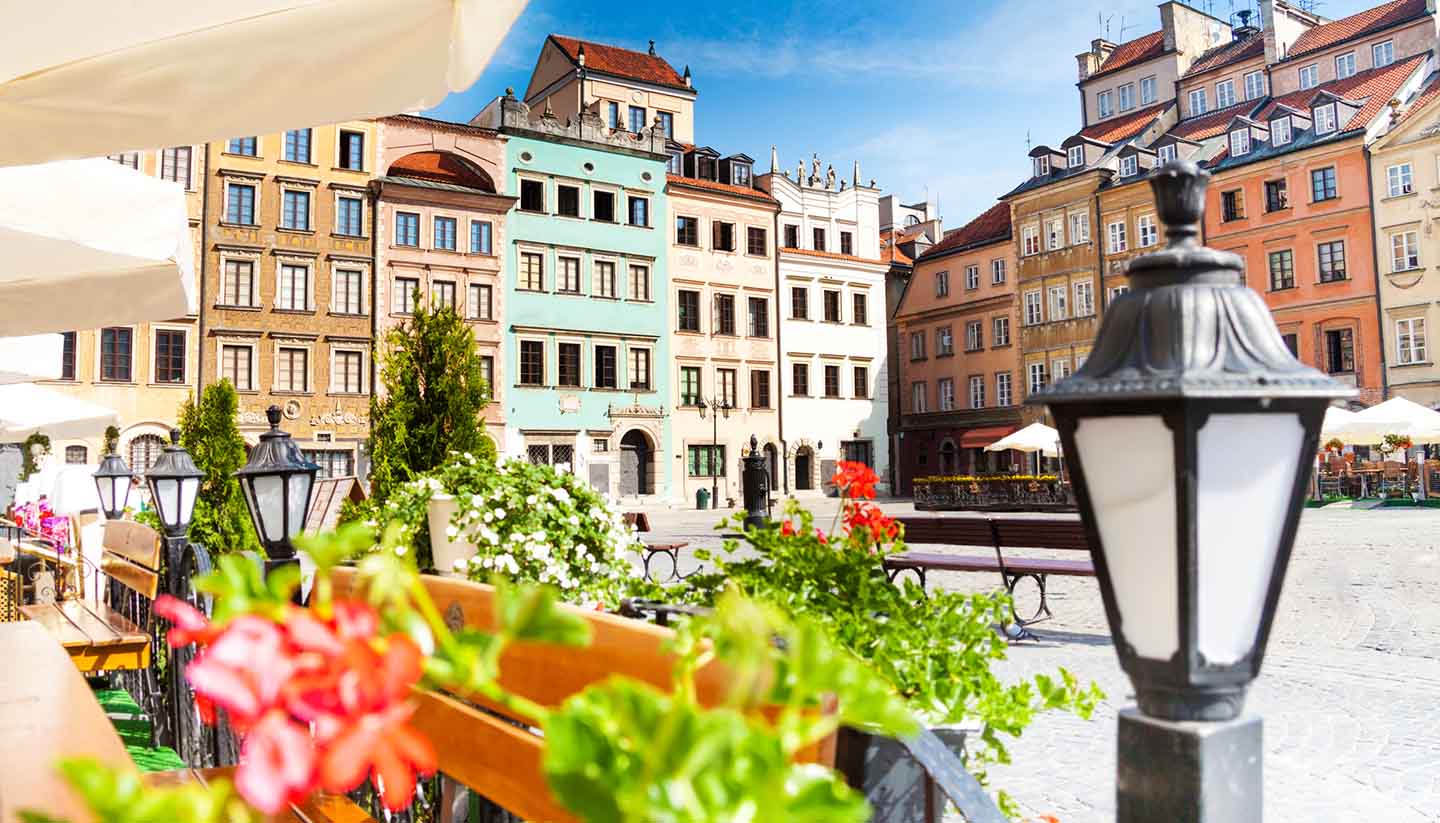Warsaw Travel Guide
About Warsaw
Poland’s capital Warsaw is a city of unshakeable stamina, a modern metropolis charged with history. The national beauty sweepstakes may have been won by Cracow years ago, and Gdańsk still claims the endless Baltic Sea, but neither matches Warsaw for its culture, verve and variety. Take note, too, that it has been earmarked as one of Europe’s cheapest cities for culture.
This is a large and sprawling metropolis of more than 1.7 million people, split into somewhat uneven halves by the Vistula River. Almost everything of interest to visitors is on the western side of its waters. Dominating the skyline here is the landmark Palace of Culture and Science, a “gift” from Stalin’s USSR in the 1950s. At 237m-high (778 ft), it’s still the tallest building in Poland for now.
It’s the distant past that gives Warsaw its main sights. The so-called Royal Route (Trakt Królewski), which runs south from the city’s Old Town, passes a number of historical landmarks, including the royal gardens of Łazienki Park and the 17th-century Wilanów Palace.
The Old Town itself, however, is the chief set-piece attraction. “Old” is something of a misnomer – badly damaged by WWII bombing, the area was painstakingly rebuilt with such success that it was inscribed on UNESCO’s World Heritage List in 1980. Sights in and around the Old Town include the Royal Castle, St John’s Cathedral and the Citadel. Further afield, visit Warsaw Rising Museum for the story of the courageous men and women who rose up against their occupiers in WWII.
Not surprisingly for a city that was essentially rebuilt from the ground up, Warsaw offers an inordinate amount of green space. When it’s sunny, leafy parks, rowing lakes, outdoor cafés and al fresco concerts create a mood far removed from the dull, Communist-era images of Warsaw.
The nightlife, meanwhile, is some of the best in Eastern Europe, with a multitude of bars and clubs scattered across the city as well as more highbrow entertainment such as classical music concerts and opera.


